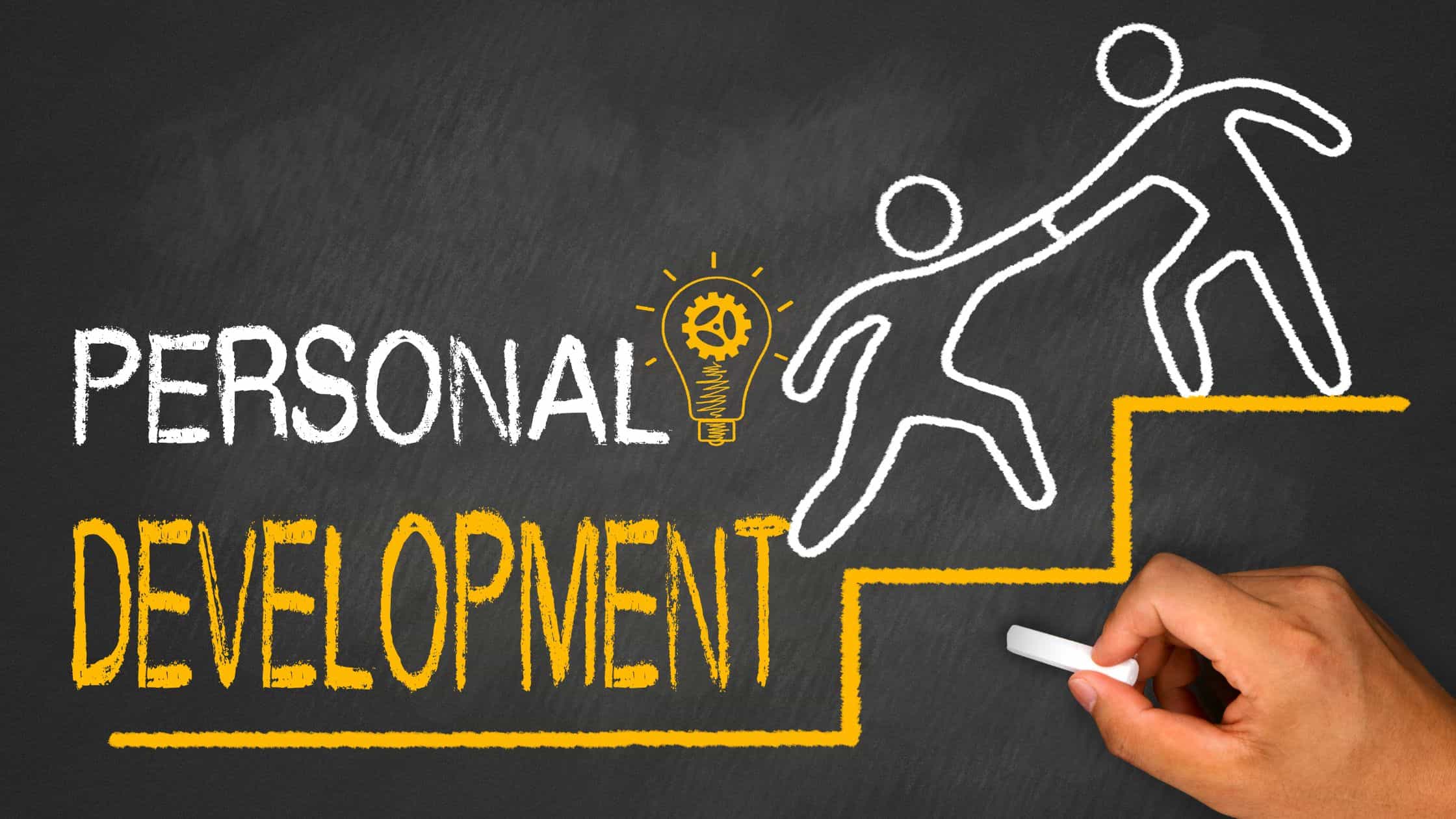Personal development is not a one-time event but a continuous journey. The key to a successful personal development journey is a comprehensive plan that highlights your strengths, acknowledges your weaknesses, and maps out your goals. A Personal Development Plan (PDP) is a roadmap to your future. Here is a step-by-step guide to help you create an effective PDP.
Reflect on Your Current Situation
The first step in creating a Personal Development Plan is to take a moment to introspect. Take stock of your current situation: what are your skills, values, interests, and goals?
- Skills: What abilities do you possess? These can range from technical abilities, such as coding or writing, to soft skills, like communication or problem-solving.
- Values: What are the principles that guide your life and decision-making process? These could include honesty, creativity, dedication, etc.
- Interests: What are the things that make you happy or tasks you genuinely enjoy? These are important because they can help guide you to a fulfilling career.
- Goals: What are your ambitions? What do you want to achieve in your life, and how do you envision your future?
Take your time in this phase. Be honest with yourself, as your insights will form the foundation of your PDP.
Define Your Goals
The next step for creating your Personal Development Plan is to clearly define your goals. Remember that effective goals are SMART: Specific, Measurable, Achievable, Relevant, and Time-bound.
- Specific: Define your goal clearly and in detail.
- Measurable: Include clear criteria to determine progress and completion.
- Achievable: Your goals should challenge you but still be within your abilities.
- Relevant: Ensure your goals align with your overall life plan and aspirations.
- Time-bound: Set a clear timeline for when you plan to achieve your goals.
It’s also crucial to distinguish between long-term and short-term goals in your PDP. Long-term goals often take years to achieve, while short-term goals can help you progress toward these long-term objectives.
Identify Skills and Knowledge Needed
After setting your goals, identify the skills and knowledge you need to achieve them. For example, if your goal is to become a project manager, you may need to improve your leadership skills, learn project management methodologies, or earn a certification in the field.
Make a list of these skills and knowledge areas, and incorporate them into your PDP.
Create an Action Plan
Now that you’ve defined your goals and identified the skills you need, it’s time to create an action plan. This is a detailed list of steps you will take to achieve each goal in your Personal Development Plan.
When crafting your action plan, consider the following:
- Activities: What will you do to achieve your goal? This could include attending workshops, reading books, practicing a skill, etc.
- Resources: What resources will you need? This might be time, money, mentorship, or materials.
- Timeline: When will you start, and when do you expect to complete each step?
Regularly Review and Update Your PDP
Your PDP should be a living document that changes as you grow. Therefore, regularly review and update your Personal Development Plan to ensure it aligns with your current situation and aspirations.
During the review, consider the following:
- Progress: Are you progressing towards your goals? If not, why?
- Relevance: Are your goals still relevant to your life and career? If not, it might be time to revise them.
- New Skills/Interests: Have you developed new skills or interests that you want to include in your PDP?
Reflecting on these questions will help you stay aligned with your personal development goals and adapt to any changes or shifts in your career and life aspirations.
Seek Feedback
Your Personal Development Plan is a personal tool, but that doesn’t mean you have to create and maintain it in isolation. Seek feedback from mentors, colleagues, or friends who understand your goals and can provide constructive criticism. They might offer a fresh perspective, challenge your assumptions, or suggest resources and strategies you hadn’t considered.
Celebrate Your Achievements
As you work on your PDP, take time to celebrate your progress and achievements, no matter how small. Recognizing your accomplishments can boost your motivation, build your confidence, and reinforce your commitment to personal development.
Creating a Personal Development Plan is a significant first step toward achieving your goals and ambitions. It offers you a clear vision of where you want to go and a roadmap of how to get there. By following these steps, you’ll be well on your way to crafting a PDP that can guide your journey of personal and professional growth.
Remember, a Personal Development Plan is not set in stone but rather a living, breathing document that grows and evolves with you. Regularly reviewing and adjusting your plan will ensure it remains a relevant tool to guide your journey. So, embrace the process of personal development, and watch as you unlock your potential, achieve your goals, and realize your dreams.


